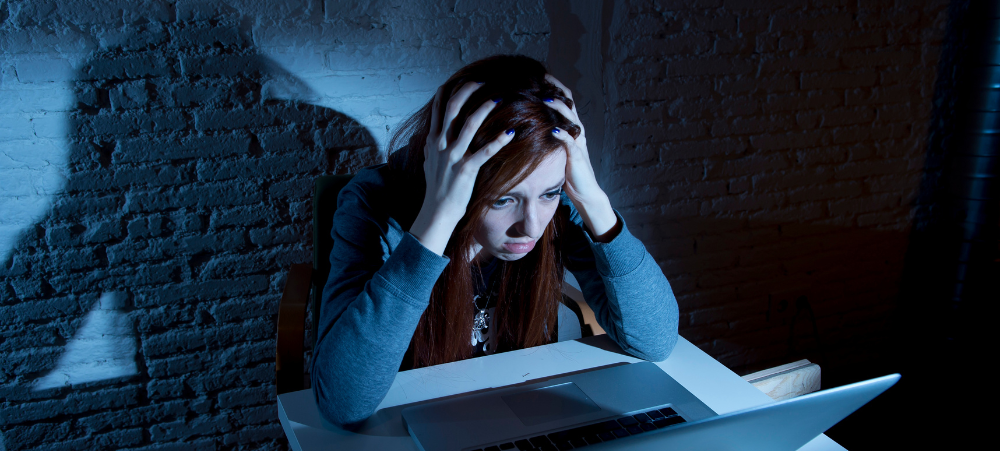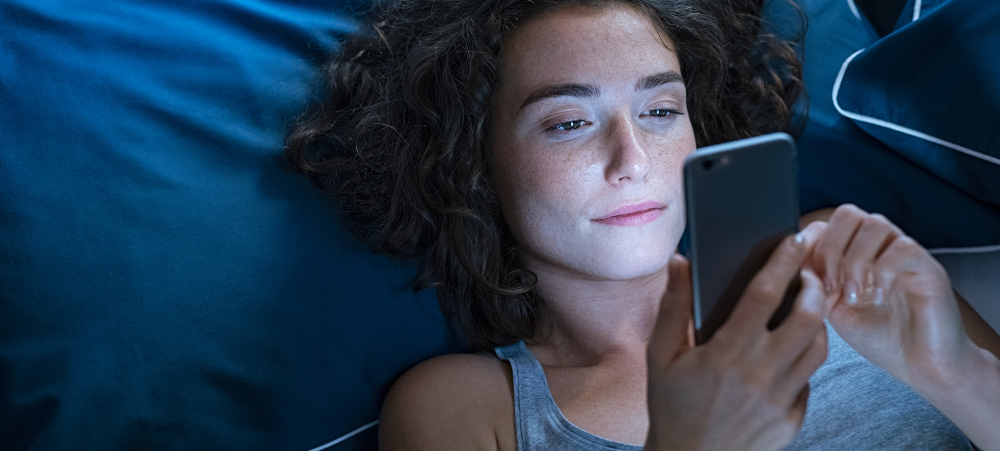If it’s too loud, you’re too old? No, more like too sensible…
Headphones and earphones are the accessory of our times. They are affixed to our ears to deliver music or podcasts, to conduct telephone calls, to accompany a workout routine, or to drown out the conversation of colleagues in open-plan offices. But is all this in-ear noise safe? The answer, unfortunately, is “not really”, but you can take steps to prevent or reduce the harm of being plugged in all day.
According to the World Health Organisation (WHO), up to 1.1 billion teenagers worldwide are at risk of hearing loss from unsafe use of personal audio devices, including smartphones, and exposure to damaging levels of sound at noisy entertainment venues. Of course, it’s not just teenagers who are at risk – anyone who is exposed to harmful noise levels can suffer the same hearing damage. The WHO points out that hearing loss has potentially devastating consequences for physical and mental health, education and employment.
How headphones damage your hearing
Sound waves travel into your ears and cause the eardrum to vibrate. This vibration is then transmitted to the inner ear via several small bones. In the inner ear, the vibrations reach the cochlea, a fluid-filled chamber that has thousands of small hairs that are moved by the vibrations. It is the movement of these hairs that enables us to hear sound.
If you listen to loud sounds, the hairs move more, and if you listen to loud sounds for too long, the hairs can lose their sensitivity to vibration, or become damaged. While it is possible for the hairs to recover over time from a single instance of loud noise, repeatedly listening to sounds that are too loud and for too long can result in permanent damage and hearing loss.
Preventing damage
To avoid headphone-related hearing damage, the WHO strongly recommends the following:
- Restrict the daily use of personal audio devices to less than one hour.
- Limit the time spent on noisy activities by taking short listening breaks (a time when you listen to nothing).
Audiologists also recommend:
- Turn down the volume. If you are listening through headphones and you can’t hear any of the noise around you, then your volume is too loud and is damaging your ears.
- Use over-the-ear headphones rather than in-ear earphones, as they increase the distance between the source of the noise and your eardrums, reducing the chance of damage.
- Even better, if you are listening at home or in the car, play your music or other media over a speaker, at moderate volume.
- If you are planning to be in a loud-noise environment, take a headphone break for most of the day so that your ears haven’t already been damaged by sound.
How do I know if there’s hearing damage?
If you experience any of the warning signs of hearing loss, visit a doctor or audiologist immediately, and get regular hearing check-ups so that if hearing is being lost, action can be taken. The signs of hearing loss include:
- the muffling of some sounds,
- difficulty understanding words especially when there is background noise,
- trouble hearing consonants,
- increasingly asking people to repeat themselves,
- needing to turn up the volume on the television, radio or device,
- withdrawing from conversations, or
- avoiding social situations.
Safeguard your hearing
While listening to music at loud volumes may be cool and fun and being permanently plugged into a set of phones is just the way life is, a permanent loss of hearing can affect your quality of life forever. Rather take the steps to prevent hearing damage and enjoy existing in a hearing world for as long as possible.
How long to listen
It’s not just volume but time spent listening to sound that is damaging to your ears. Here is a useful guide to how long you can listen to noises at certain volumes:

targeted toward Parents.
We understand that there are many aspects that encompass a Mother, Father or Child and strive toward providing resources and services that accommodates
this.
Our content is aimed to inform and educate families on issues starting from
pregnancy through to the challenges of the teen-age years.
- Gentle Discipline: Setting Boundaries Without Tears - October 21, 2025
- Supporting Your Child Through Big Life Transitions - October 21, 2025
- Raising Empathetic Kids: Teaching Compassion Through Daily Life - October 21, 2025





